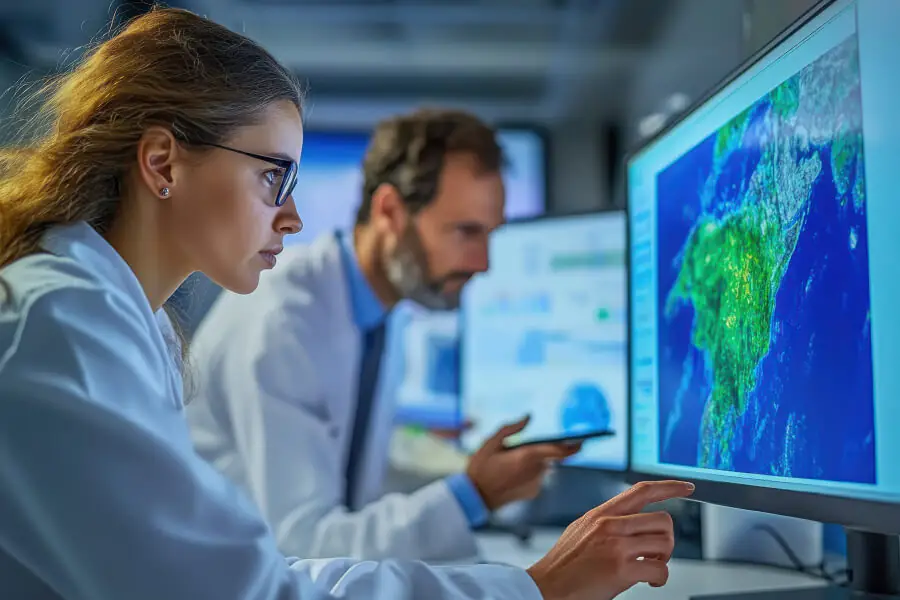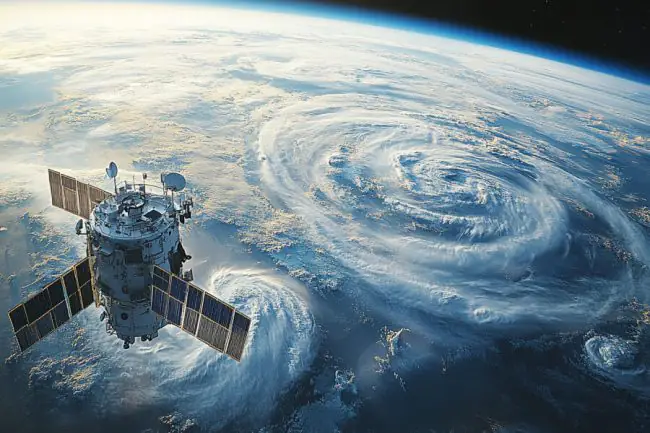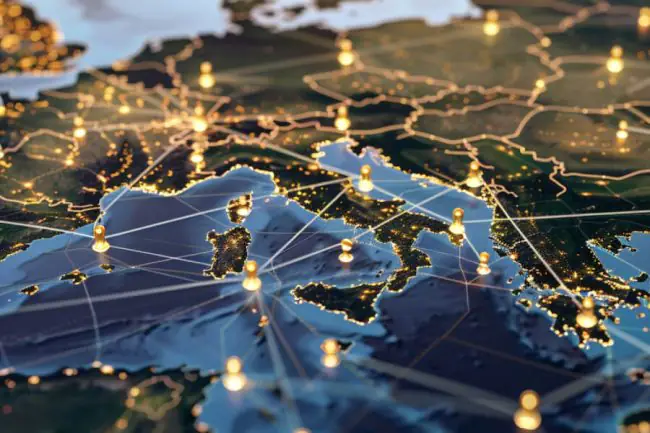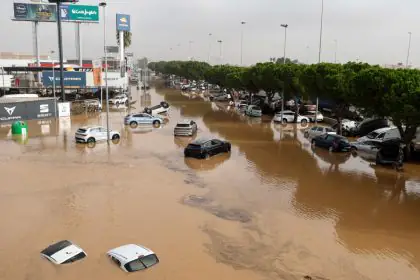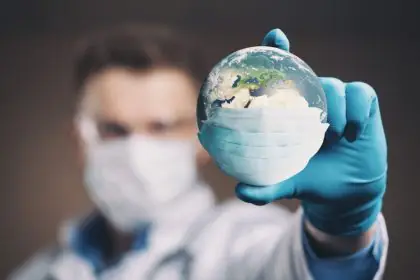Natural disasters can strike without warning, causing widespread devastation. From hurricanes to earthquakes, these events pose significant risks to lives and property.
However, with advancements in meteorology, predicting natural disasters has become more accurate, providing valuable time to prepare and respond.
In this blog, we’ll explore how meteorology plays an important role in predicting natural disasters and why it’s essential for disaster management!
The Importance of Meteorology in Disaster Management
Meteorology is the science of studying the atmosphere to understand and predict weather conditions. It is critical in disaster management as it helps in predicting extreme weather events, such as hurricanes, tornadoes, floods, and storms, allowing authorities to take preventive measures and minimize damage.
Accurate weather predictions can save lives by providing early warnings and enabling communities to evacuate or take safety precautions.
For example, during hurricane season, meteorologists track storm patterns to predict their path and intensity, allowing for timely evacuations and preparations.
Meteorological Tools and Techniques Used in Predicting Natural Disasters
Meteorologists use a variety of tools and techniques to forecast natural disasters. Some of the most common tools for meteorology include:
- Satellites: Satellites provide real-time images of weather systems and monitor cloud formations, ocean currents, and atmospheric conditions to predict storms and hurricanes.
- Radar Systems: Doppler radar systems are essential for detecting precipitation, wind speed, and storm movements. They help meteorologists predict severe weather conditions like thunderstorms and tornadoes.
- Weather Stations: Modern weather stations equipped with advanced sensors collect data on temperature, humidity, wind speed, and atmospheric pressure, helping to forecast weather patterns and detect early signs of natural disasters.
- Computer Models: Meteorologists use complex computer models that analyze historical and real-time data to simulate and predict the behavior of weather systems.
Impact of Accurate Meteorological Predictions on Disaster Preparedness
Accurate meteorological predictions are vital for effective disaster preparedness. They help governments, emergency services, and communities to:
- Prepare in Advance: Knowing the potential impact of a disaster allows authorities to stockpile essential supplies, prepare shelters, and mobilize emergency response teams.
- Plan Evacuations: Early warnings enable timely evacuations, reducing the risk of casualties and ensuring the safety of residents.
- Minimize Economic Losses: Accurate forecasts can help industries and businesses plan for disruptions, minimizing financial losses due to natural disasters.
Weather Forecasting for Natural Disasters
Weather forecasting involves predicting future atmospheric conditions based on current data.
This process is vital in predicting natural disasters such as hurricanes, floods, and droughts.
Modern weather forecasting uses sophisticated algorithms and models to analyze data collected from satellites, radars, and weather stations. This information helps meteorologists predict the occurrence and severity of natural disasters more accurately.
Role of Weather Services in Enhancing Disaster Response
National and international weather services play a crucial role in disaster response. Organizations like the National Oceanic and Atmospheric Administration (NOAA) in the United States and the World Meteorological Organization (WMO) work tirelessly to provide accurate and timely weather forecasts.
These organizations collaborate with governments, emergency services, and humanitarian organizations to disseminate information quickly.
This ensures that the public and emergency responders are prepared to act, reducing the impact of natural disasters.
Investments in Meteorological Technologies for Disaster Mitigation
Governments and organizations worldwide are investing heavily in meteorological technologies to enhance disaster prediction and mitigation efforts.
The development of advanced weather satellites, high-resolution radar systems, and supercomputers has significantly improved our ability to forecast natural disasters accurately.
Advancements in Meteorology and Disaster Prediction
Recent advancements in meteorology have revolutionized disaster prediction.
With the integration of Artificial Intelligence (AI) and Machine Learning (ML), meteorologists can now analyze vast amounts of data more efficiently and accurately predict the timing, location, and severity of natural disasters.
Impact of Modern Weather Stations on Early Warning Systems
Modern weather stations, equipped with cutting-edge sensors and technology, play a pivotal role in early warning systems. They provide real-time data that meteorologists use to issue timely alerts, helping communities prepare and respond to natural disasters effectively.
Integration of AI in Meteorological Models for Disaster Forecasting
AI and ML are increasingly being integrated into meteorological models, enhancing their predictive accuracy. These technologies can identify patterns in weather data that may not be visible to human analysts, allowing for earlier and more precise disaster forecasts.
International Collaboration in Weather Prediction for Disaster Reduction
Global cooperation is essential for effective weather prediction and disaster reduction. Countries around the world share meteorological data and collaborate on research to improve disaster forecasting models.
Global Initiatives for Sharing Weather Data and Forecast Models
International initiatives, such as the Global Framework for Climate Services (GFCS), encourage the sharing of weather data and forecasting models.
These initiatives enhance global cooperation and ensure that all countries, especially developing ones, have access to reliable weather information to mitigate disaster risks.
Role of International Weather Organizations in Disaster Risk Reduction
International weather organizations, like the World Meteorological Organization (WMO), play a critical role in coordinating efforts to reduce disaster risks.
They provide a platform for countries to share knowledge, develop best practices, and build capacity for better disaster prediction and management.
Conclusion
Meteorology plays an indispensable role in predicting natural disasters and ensuring disaster preparedness.
By leveraging advanced technologies, global collaboration, and accurate forecasting, we can minimize the impact of natural disasters and save lives.
As meteorological science continues to advance, our ability to predict and respond to natural disasters will only improve, making our world a safer place.
FAQs
How do meteorologists help predict the weather?
Meteorologists use tools like satellites, radars, and computer models to analyze atmospheric data and forecast weather conditions.
How are natural disasters predicted?
Natural disasters are predicted using a combination of meteorological data, computer models, historical patterns, and real-time monitoring systems like satellites and radars.
What is the forecasting of natural disasters?
The forecasting of natural disasters involves predicting the occurrence, timing, and impact of events like hurricanes, floods, and earthquakes using meteorological and geophysical data.

